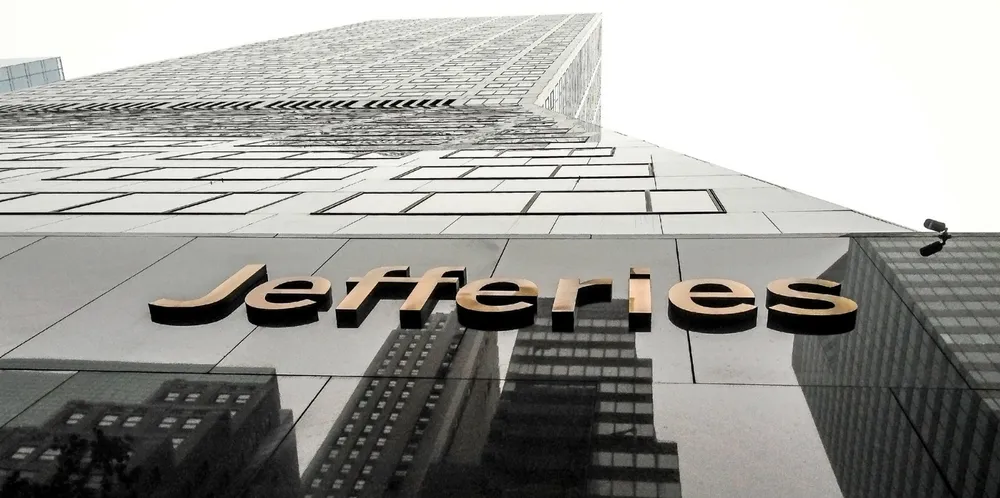'There won't be enough electrolysers to meet green hydrogen demand in 2030': US investment bank
Even in the lowest demand scenarios, electrolyser manufacturing capacity will be insufficient, says Jefferies, while criticising blue hydrogen and oil industry influence
